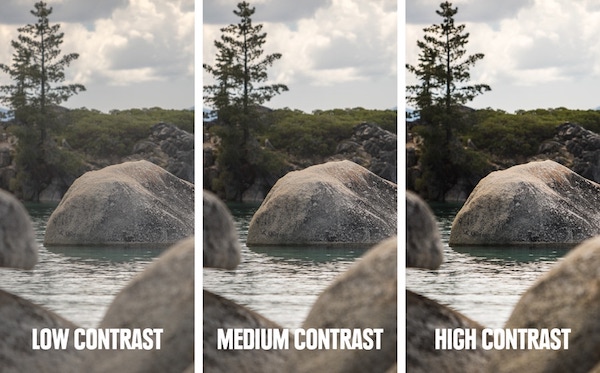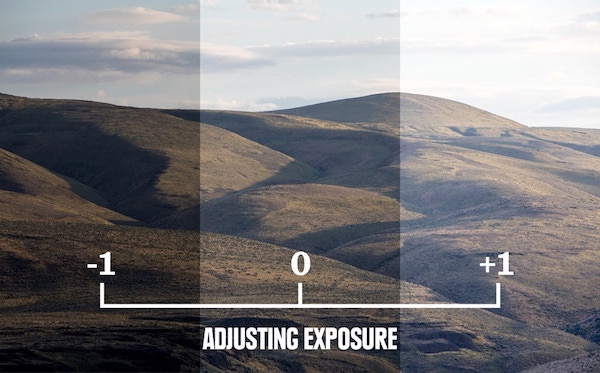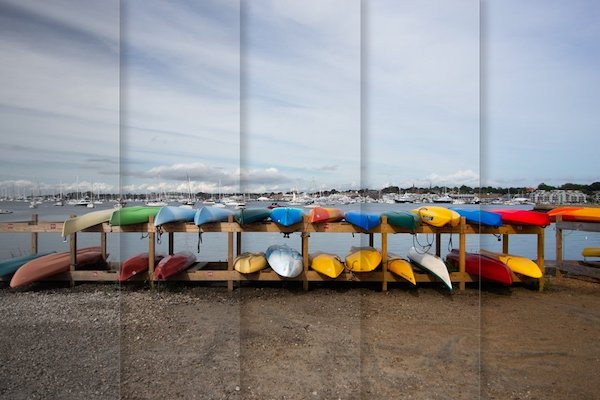An essential component of product photos is ensuring the color matches the real-life item.
This is the 12th installment in my series on helping ecommerce merchants create better product images, following “Part 1: Choosing Backdrops,” “Part 2: Selecting Tripods,” “Part 3: Artificial Lighting Basics,” “Part 4: Angles and Viewpoints,” “Part 5: Choosing a Camera,” “Part 6: Selecting a Lens,” “Part 7: Magnification and Close-ups,” “Part 8: Composition Essentials,” “Part 9: Advanced Composition,” “Part 10: Lines as Design Elements,” and “Part 11: Image Editing.”
This post will address color correction.
Color Correction
Color correction is the process of adjusting a photo to match the actual subject. It’s among the most important parts of editing product photos, given the importance of an exact color match. Unfortunately, photography sessions often produce less-than-perfect colors, requiring changing an image’s white balance, contrast, exposure, and saturation.
White balance refers to its hue (or shade) in your image. Whites can appear more yellow or blue depending on the light source. Adjusting the white balance won’t make your photo brighter or darker; it will, instead, change the overall colors for a more balanced representation of what human eyes associate with a clean, bright white. The result is a better representation of the product’s true color.

In this YouTube video, product photographer TeeWin illustrates the importance of editing white balance.
—
Contrast. Changing a photo’s contrast makes the lighter areas brighter and the darker areas more so. Contrast affects your picture in different ways. Images that are too bright or too dark could mask the true colors of the item and otherwise appear inferior, which will decrease conversions.

Changing a photo’s contrast makes the lighter areas brighter and the darker areas more so. Image: REI.
—
Exposure is similar to contrast, but it controls the overall image rather than certain areas. Increasing the exposure makes the entire photo brighter — decreasing produces the opposite effect. Some editing programs call exposure “brightness.” When adjusting those settings, correct the exposure first before moving to the contrast. That process can greatly improve a photo’s impact on a shopper.

Increasing the exposure makes the entire photo brighter — decreasing produces the opposite effect. Source: REI.
—
Saturation. Even the best devices may not capture the true tones for certain colors. For example, a highly saturated red can be difficult to capture and recreate in a modern digital camera. Other colors are similar. The editing process can help avoid a washed-out image.
“Saturation” and “hue” are synonymous in most image-editing software. Accurate saturation is as essential as contrast and exposure. To save time, correct the contrast before changing a photo’s saturation, as adjusting the former will also alter colors. Remember, too, that too much saturation will usually make an image appear unrealistic or over-edited.

Saturation refers to the density of color. Note the red variations in the identical kayaks in this example. Image: TutsPlus.
Filters and Presets
Filters and presets in photo-editing software can streamline an often burdensome task. VSCO, for example, includes a wide variety of default filters. Experiment with one of your images in multiple editing apps until you find a filter that works. Then apply that filter to the rest of your images. Consistency in your product photos is pleasing to the human eye and enticing to shoppers.
With Lightroom, another photo editor, users can create their own presets or download them from others. FixThePhoto.com offers over 400 free Lightroom presets for ecommerce merchants. Plus, hundreds of professional photographers produce and sell Lightroom presets for a reasonable price.
As for resources to learn, Creator Pretty Presets and Action has produced informative videos on Lightroom presets. Equally helpful is photographer Ann Young’s article on the 18 best Lightroom presets for product images.
Presets, free or purchased, do not guarantee perfection. You may still need to tweak the white balance, contrast, exposure, and saturation, depending on the image.
See “Part 13: Special Edits.”




